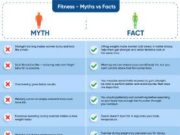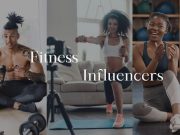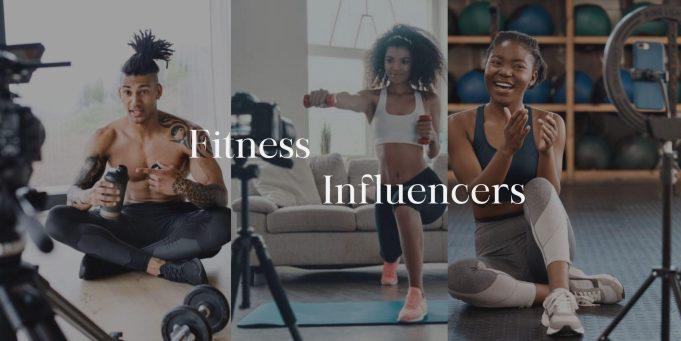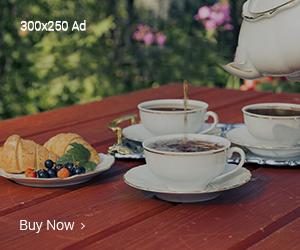In the ever-evolving landscape of social media, where the scroll of a thumb can reveal a myriad of lives seemingly sculpted to perfection, fitness influencers reign supreme. They offer glimpses into a world where chiseled abs, flawless yoga poses, and radiant health are the norm, captivating millions with the promise of transformation. Yet, beneath the filtered snapshots and motivational captions lies a growing debate: do these digital paragons of fitness set the bar too high, promoting standards that are more fantasy than reality? This article delves into the dual-edged sword of fitness influence, exploring whether these modern-day icons inspire genuine health journeys or inadvertently foster unattainable ideals. As we navigate this intricate web of aspiration and authenticity, we seek to uncover the true impact of fitness influencers on our collective pursuit of wellness.
Fitness Influencers and the Illusion of Perfection
In the age of social media, fitness influencers have become the modern-day muses, their perfectly sculpted bodies and vibrant lifestyles attracting millions of followers. However, behind the sheen of their Instagram feeds often lies an intricate web of curated images and selective storytelling. These influencers present a version of fitness that is polished to perfection, yet it is essential to remember that what we see is often a filtered reality. The constant portrayal of flawless physiques can create a disconnect between viewers and their own fitness journeys, leading to unrealistic expectations and self-doubt.
- Curated Content: Most influencers share only the best moments of their workouts and diet plans, omitting the challenges and setbacks they face.
- Photoshop and Filters: Image editing tools are frequently used to enhance appearance, creating an illusion of seamless perfection.
- Genetic Factors: Many influencers possess natural advantages that contribute to their physiques, which cannot be replicated by everyone.
While influencers can be a source of inspiration, it is crucial for followers to recognize the distinction between motivation and unattainable ideals. Embracing a personalized fitness path that focuses on health and well-being rather than mere aesthetics is vital. Ultimately, the journey to fitness is a personal one, enriched by the diversity of each individual’s goals and capabilities.
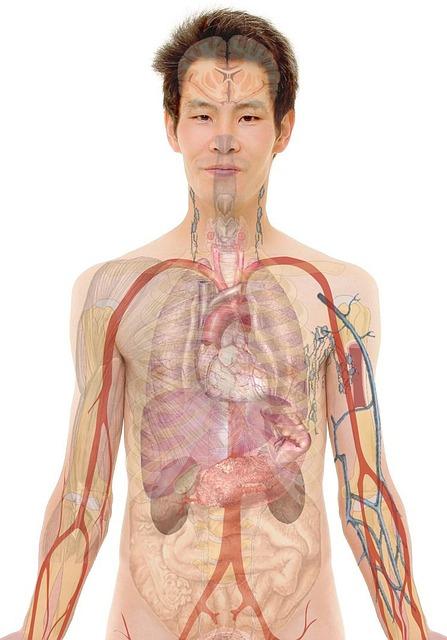
The Psychological Impact of Idealized Body Images
In the digital age, the portrayal of fitness and health on social media often leans towards an unattainable perfection. This pervasive exposure to idealized body images can have a profound psychological impact on individuals, particularly among young adults and teenagers. Many fitness influencers present meticulously curated snapshots of their lives, showcasing sculpted physiques and flawless lifestyles. While these images can serve as motivation for some, they also establish unrealistic standards that may lead to feelings of inadequacy and low self-esteem in others.
- Increased comparison and self-doubt
- Heightened pressure to conform to unrealistic ideals
- Potential for developing unhealthy habits and body dysmorphia
As individuals scroll through their feeds, the constant barrage of these images can create a distorted view of what is attainable. The truth behind many of these images often involves strategic angles, lighting, and even digital enhancements. For the audience, understanding this context is crucial to mitigate the negative impact on mental health. By fostering a more balanced and realistic representation of fitness and health, influencers can contribute positively to their followers’ well-being.

Realism in Fitness: Striking a Balance
In the world of fitness, finding a middle ground between aspiration and reality is essential. While influencers often showcase perfectly sculpted bodies and seemingly effortless routines, it’s important to recognize the diverse factors that contribute to these outcomes. Genetic predisposition, access to resources, and time commitment play significant roles, and these aren’t always transparent in the curated content we consume. Emphasizing the importance of setting personal goals and acknowledging one’s unique journey can help mitigate the pressure to meet such elevated standards.
To foster a more balanced perspective, consider the following:
- Authenticity: Seek out influencers who share both successes and struggles, providing a more holistic view of their fitness journey.
- Individualization: Tailor fitness goals to suit your body, lifestyle, and preferences, rather than mimicking someone else’s regimen.
- Sustainability: Focus on developing habits that are enjoyable and maintainable in the long term, rather than quick fixes.
Ultimately, recognizing the line between inspiration and unrealistic expectation is crucial in cultivating a healthy and sustainable fitness journey.
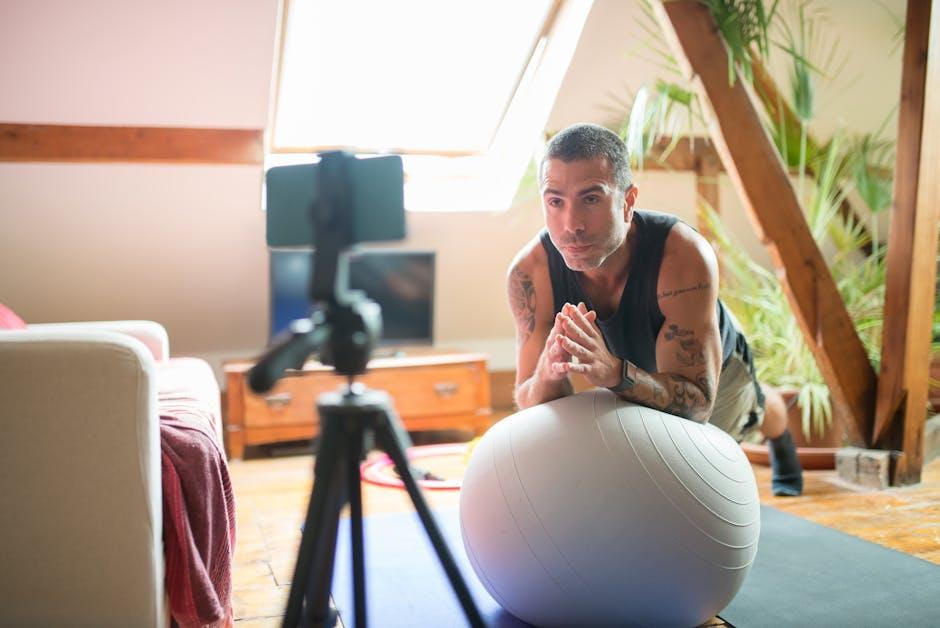
Empowering Followers with Healthy Fitness Goals
In the world of social media, fitness influencers often become the shining beacons of inspiration, showcasing their sculpted physiques and seemingly perfect lifestyles. However, it’s essential to recognize that these portrayals can sometimes set unrealistic standards for their followers. By promoting a more balanced and attainable approach to fitness, influencers can empower their audiences to pursue health goals that are both achievable and sustainable. Here are some ways they can foster a healthier perspective:
- Transparency: Share the realities behind the curated content, including struggles, setbacks, and the hard work involved.
- Inclusivity: Highlight diverse body types and fitness levels, reminding followers that health and fitness look different for everyone.
- Realistic Goals: Encourage setting personal goals that focus on overall well-being rather than aesthetic perfection.
By adopting these practices, fitness influencers can transform their platforms into spaces where followers feel motivated and supported, rather than pressured to meet unattainable ideals.







